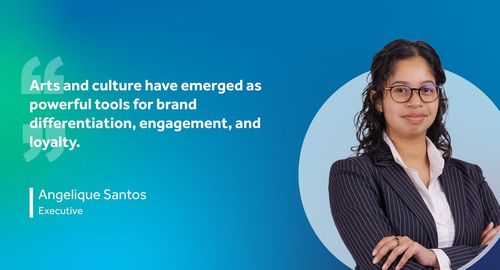Building a property PR & communication strategy


The property sector in the Asia-Pacific region is experiencing dynamic shifts, driven by evolving market conditions and technological advancements, alongside changing tenant expectations and consumer behaviours. Traditionally, property PR focused on media relations and new launches. Today, the scope has broadened significantly, now encompassing everything from digital storytelling and community engagement to thought leadership and issues management.
The goal posts have moved. The objective now is to cultivate positive public perception and stakeholder relations with special focus on investors, residents, and local communities. Effective property communications programmes are about building a narrative that makes connections with audiences and multi-layered stakeholders. However, given the broad nature of the property sector, a one-size-fits-all approach is no longer sufficient. A more focused strategy is required, tailoring PR and communication efforts to the specific needs and objectives of different segments within the industry.
Property groups
For large property groups, PR and communication strategies should focus on elevating the overall brand, moving beyond individual property launches with a more holistic narrative. This involves a strong emphasis on communicating ESG initiatives, fostering genuine community engagement, and showcasing placemaking efforts.
• Highlight commitment to sustainability through green building practices, energy efficiency, and responsible resource management. Social initiatives, such as affordable housing projects, community development programs, and employee well-being, also contribute significantly to brand reputation. Certifications and audited awards serve as crucial third-party endorsements of compliance and commitment.
• As an extension of corporate social responsibility, partnerships with local organisations, supporting community events, and creating spaces that foster social interaction and well-being go a long way in reiterating the property group’s commitment to the betterment of the community it serves. By demonstrating proofs of how they operate, property groups can build goodwill, enhance their social license to operate, and create lasting positive impacts.
• Placemaking is the process of developing properties that are not just buildings, but vibrant, functional, and aesthetically pleasing environments that enhance the quality of life for residents and visitors. Communicating these placemaking efforts involves showcasing the vision behind the development, the unique lifestyle propositions, and the integration of local culture and amenities. This can be achieved through compelling storytelling that highlights the human element of living, working, and playing in these urban developments.
Retail and mixed-use spaces
For retail and mixed-use spaces, a successful future-forward PR and communication strategy should shift from purely retail-focused messaging to an emphasis on their role as lifestyle destinations. This involves a strong focus on destination building, thematic activations, and creative collaborations.
• Malls are no longer just places to shop; they are community hubs and entertainment destinations. PR efforts should highlight the unique experiences -- and this includes promoting a wide array of dining options, entertainment venues, and unique retail concepts that create a compelling reason for visitors to spend their time and money. Storytelling should focus on the overall experience and the lifestyle benefits of visiting the mall, rather than just individual stores or products.
• Effective communication of thematic activations like seasonal events, cultural festivals, art installations, or interactive exhibits that align with current trends or community interests is recommended. Communicating this by leveraging social media, local partnerships, and engaging content to generate excitement and encourage participation is important. The goal is to create a sense of novelty and urgency, making each visit a unique and engaging experience.
• Creative collaborations can take many forms, such as pop-up shops featuring emerging designers, co-hosted events with popular brands, or art projects that transform public spaces within the mall. By partnering with relevant and exciting entities, retail and mixed-use venues can tap into new audiences, generate buzz, and enhance their image as dynamic and innovative destinations.
Professional services in the property sector
For professional services within the property sector (think real estate agencies, property management firms, consultants), the communication strategy should effectively showcase their adoption and integration of technology and AI. As the industry increasingly recognises the transformative impact of these advancements, demonstrating technological prowess becomes a key differentiator. Consider the following:
• Data analytics and predictive insights for market analysis, property valuation, investment opportunity identification, and risk assessment.
• Automated processes and enhanced client experiences with tools like as AI-powered chatbots personalised communication strategies, and immersive virtual reality experiences.
• Innovation and thought leadership to position the firm as a leader in technological adoption. This can involve publishing thought leadership pieces on the future of AI in real estate, participating in industry conferences, and showcasing successful case studies where technology has delivered tangible results.
While sector-specific strategies vary, unifying principles remain authentic storytelling, hyper-local engagement, and agile issues preparedness. Social and digital platforms amplify these efforts, but content must be purposeful.
The property sector’s communications landscape demands both precision and adaptability. By aligning narratives with the unique priorities of each segment, while maintaining a commitment to transparency and innovation, brands can build lasting credibility in a competitive market.



